“One is none, two is one and bring a third for a friend.”
This is the principle Kirk Krack, founder of Performance Freediving International, taught us upon arrival in the Cayman islands for our freediving training. Our itinerary for freediving was scheduled to bring us from Intermediate Freediving all the way to Freedive Instructor over a two week period and Kirk was teaching us from the get-go the importance of preparedness in recreational and professional freediving. These habits began with pre-dive preparations and ensuring you have the right safety training and gear.
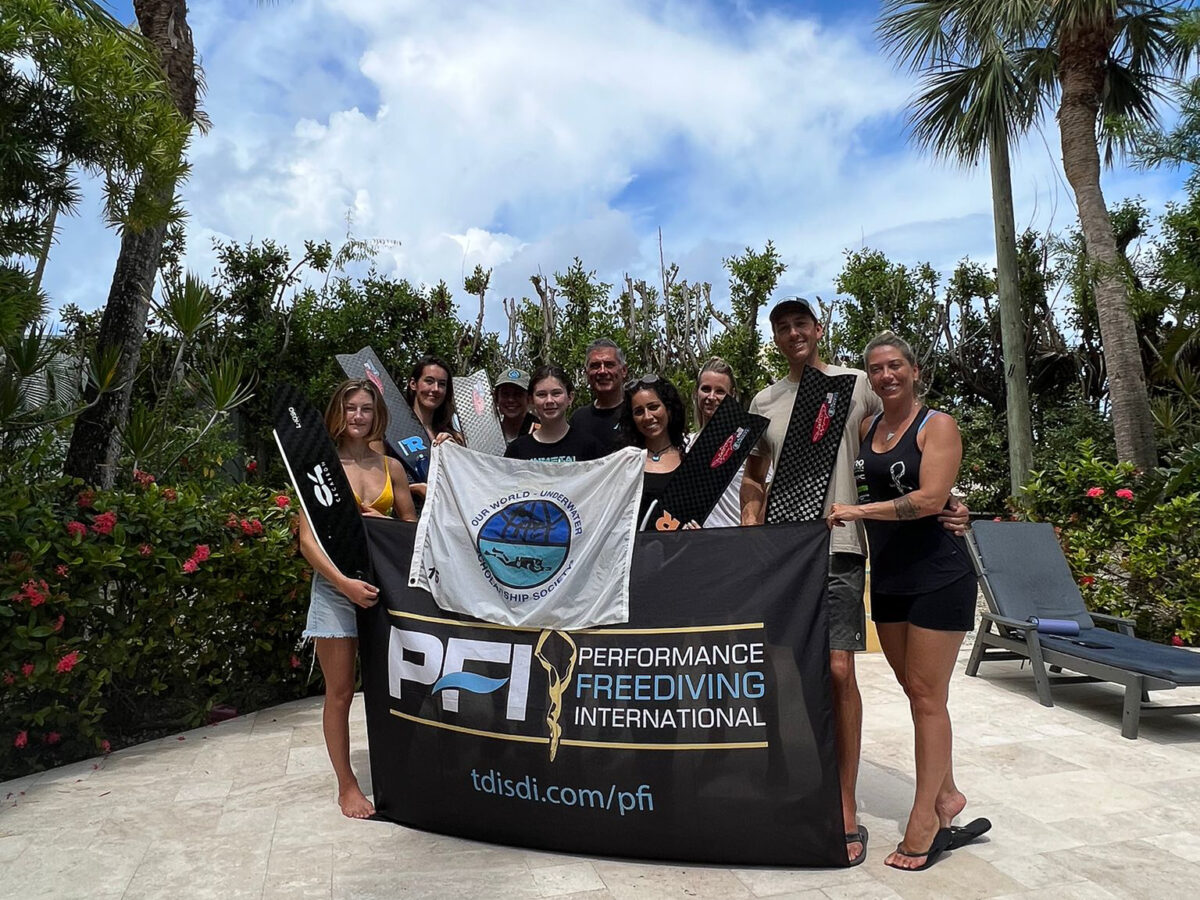
As Millie, Hannah, and I all arrived in Cayman, we met with the other instructors, Carol Schrappe, panamerican freediving record holder and Willow Wise, a freediver from Hawaii. Others arrived to join for the initial course and we quickly dove into our Intermediate Freediver learning. We started early in the mornings with stretches and breathing exercises, learning to maximize our lungs’ abilities for effective breathholding. We started with static breathhold training in the pool, learning about safety and how to recognize and respond to blackouts, as well as how to safely dive and avoid them. Very quickly, through the expert coaching of Kirk and Carol, we were able to reach over 4 minutes in our static breathhold time.
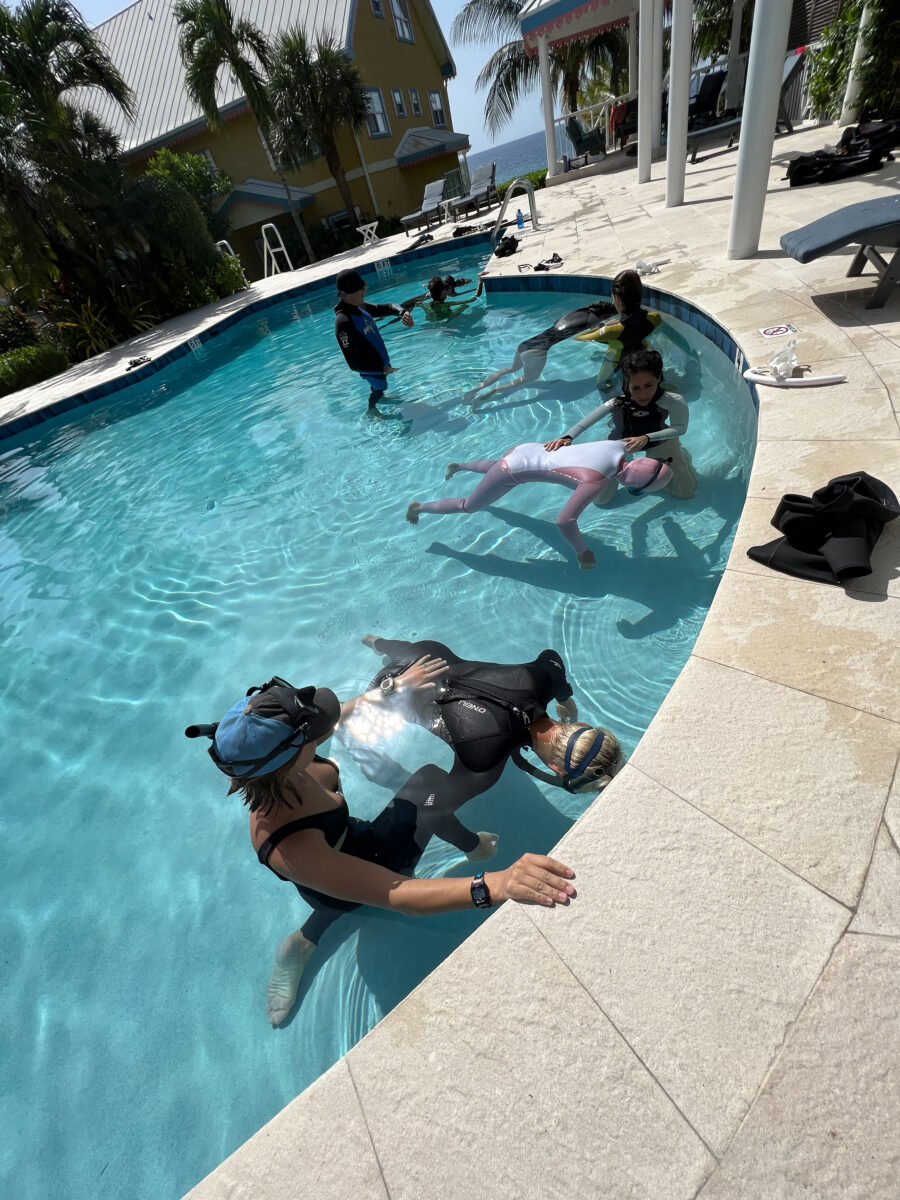
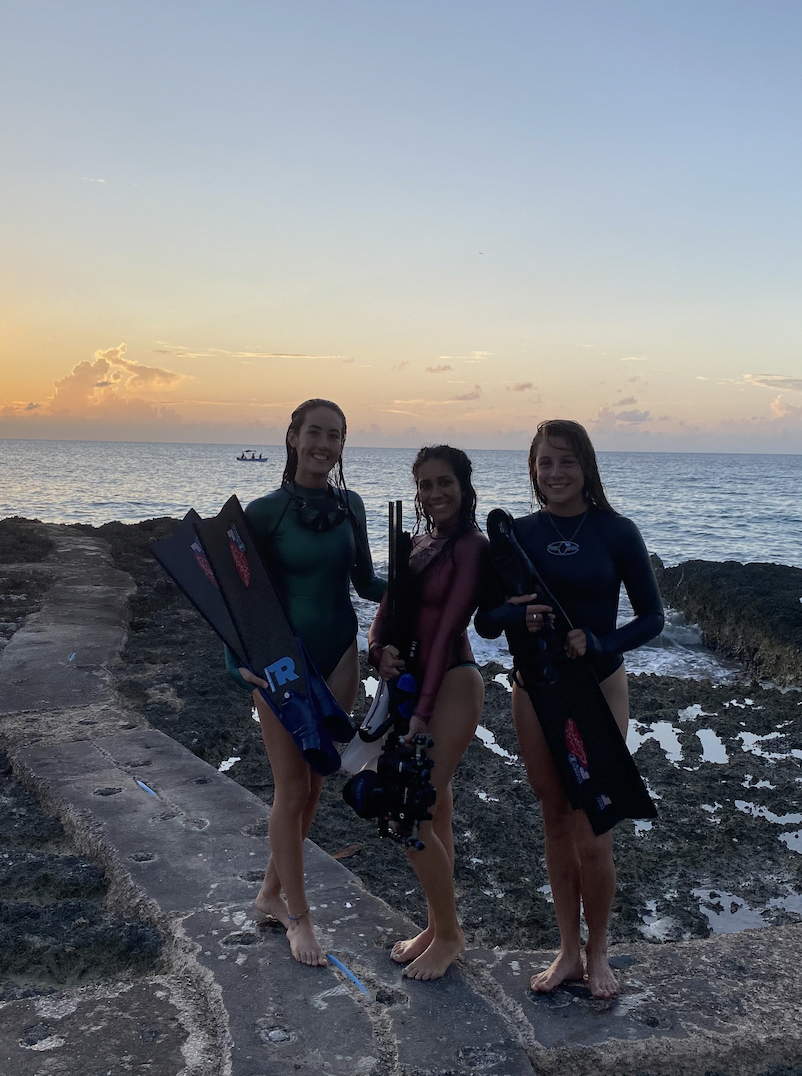

As we went over safety training and drills, Kirk and Carol shared with us stories from the world of professional freediving, inspiring our ideas of what was possible. Carol, who holds multiple national and continental records, shared with us her journey and how she mentally and physically prepares for her records. She taught us the importance of loving all aspects of training and being at peace when you are competing. Her mental fortitude and physical commitment to training was inspiring. Kirk and Carol were teaching us about the incredible capacity of the human body to train and adapt, testing the limits of what we are capable of performing.
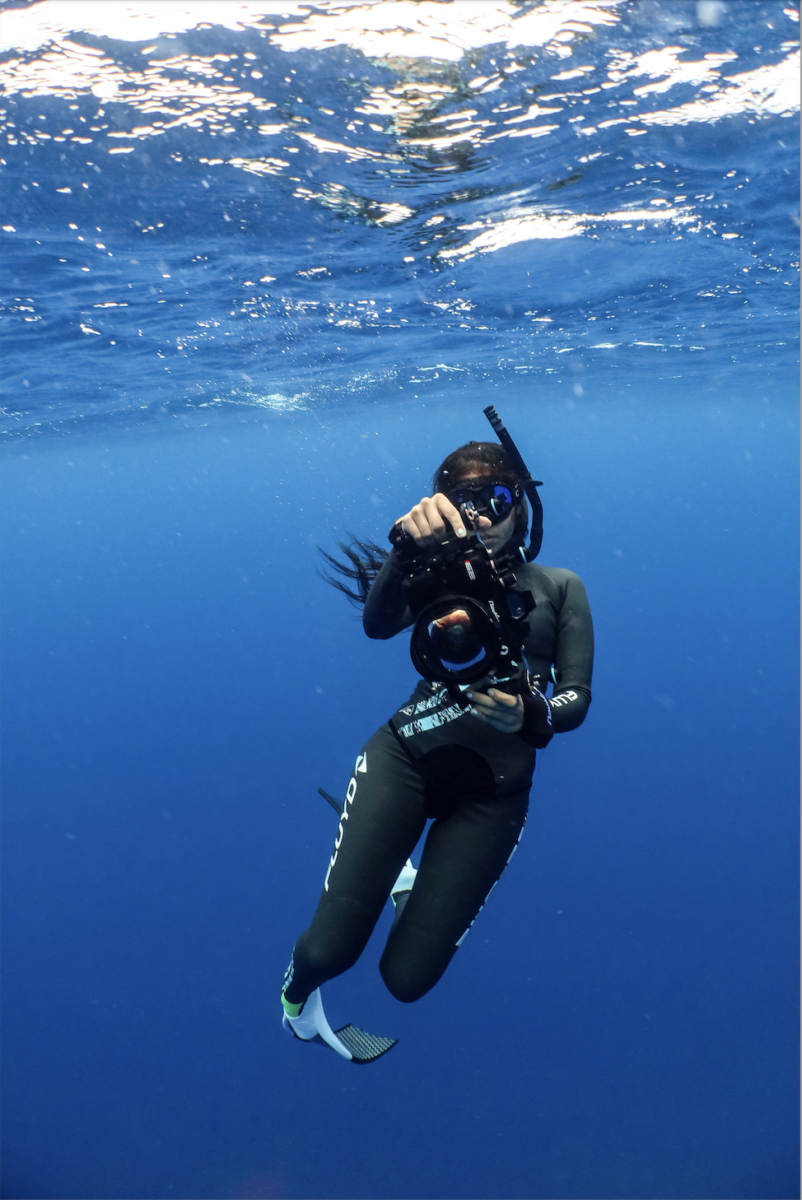
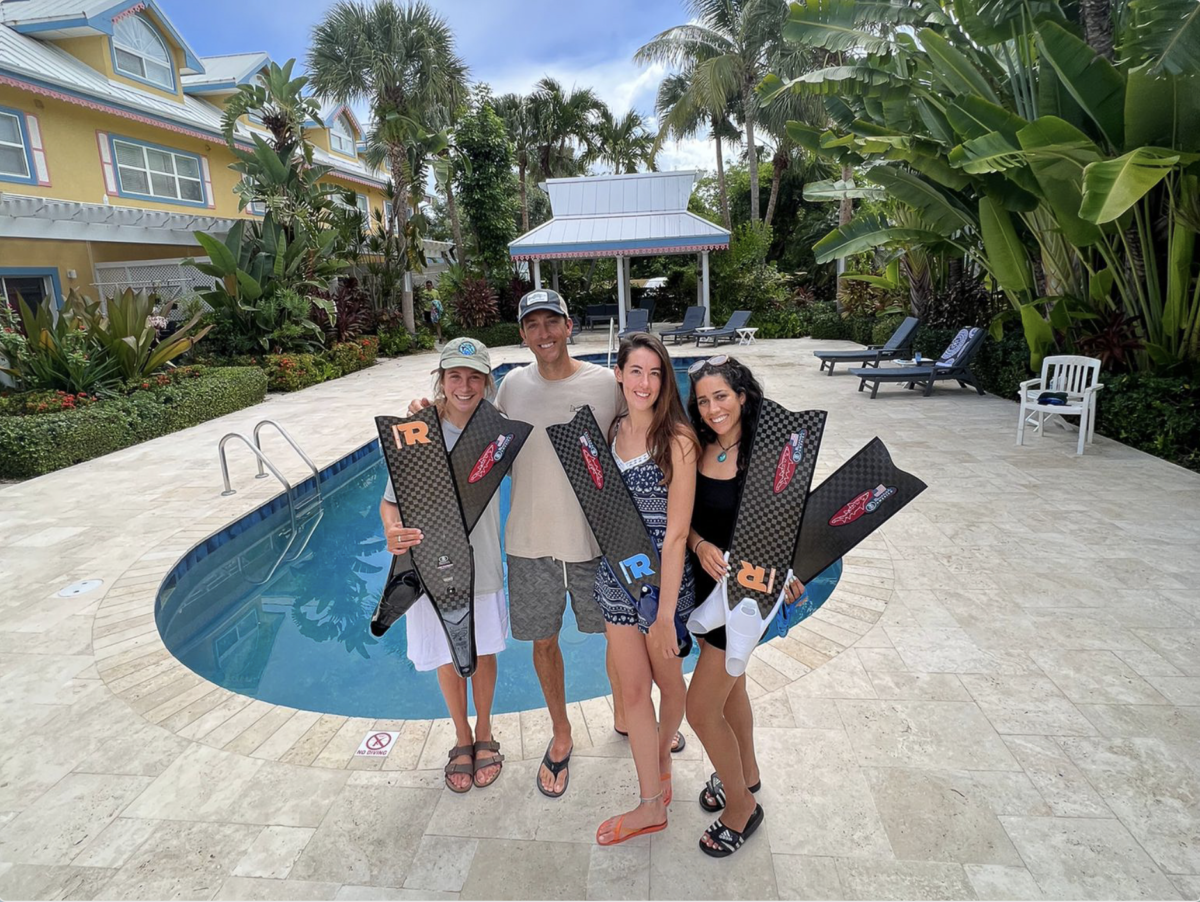
With our basic static skills under our belt, we headed out to deep water, to begin practicing on the lines. Unfortunately, I struggled with the line diving as my sinuses would not equalize and a painful reverse block had me sitting out of the line diving for the rest of the afternoon. Over the next few days, I continued to improve in static training, but every time I tried to dive on the line I got immense head pain from sinus block. A few days later, Hannah, Millie and I all tested positive for Covid, which put a halt to our training, requiring us to quarantine until testing negative.
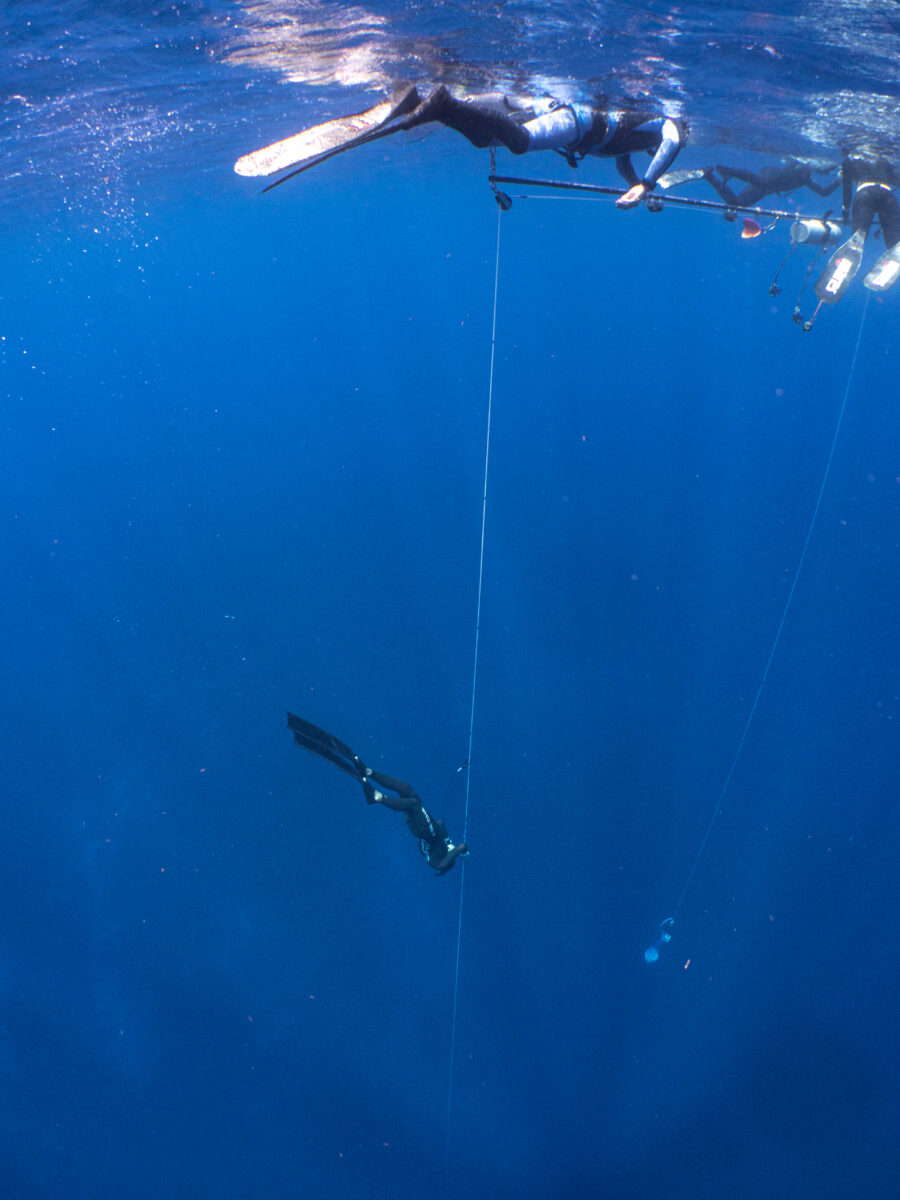
Our quarantine time flew by fast and before we knew it, we had our negative tests and doctor’s clearance in hand. But despite these all-clears, I continued to have sinus pain from residual inflammation from being sick and was unable to complete the training. It was ironic that amidst learning about the limitless potential of the human body to adapt and train, I was also learning about the physical limitations we can have. It was a difficult lesson to learn when I had been so excited to be able to do this freediving training, but I recognized the importance of allowing my body to rest and recover at its pace. I limited myself to the shallow water and had fun taking pictures of Hannah and Millie training.
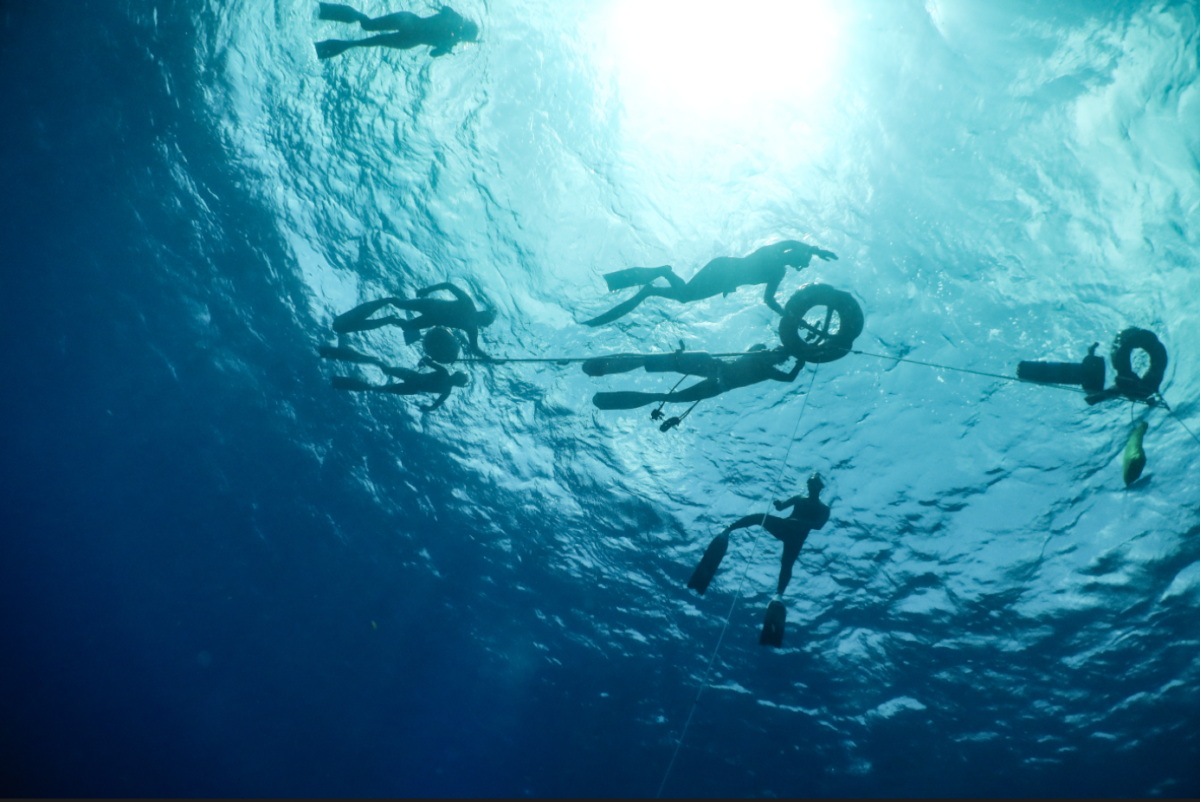

With the extra time from not being able to dive, I went to explore other aspects of Cayman. Just down the road was the Cayman Turtle Center, a place that had uniquely combined harvesting and conservation in one place. In Cayman, sea turtle is a signature component of the local diet. Unfortunately, sea turtle harvest and climate change were reducing turtle populations in the wild. The sea turtle farm was opened as a solution and soon the government stopped allowing the wild harvest of sea turtles, only allowing turtle meat to come from the farm. The hatching success of the farm was so great that they began a very successful hatchling release program. After years of successful hatchling releases, the population of green sea turtles around the Cayman islands has flourished. A recent study has shown that 80% of green sea turtles around Cayman islands were related to the breeders from the turtle center. I went with Hannah and we had the chance to see behind the scenes at the center and were even invited to join in for a hatchling release! So later that week, Hannah, Millie and I all went to help with a late night, moonlight hatchling release. We were in awe.
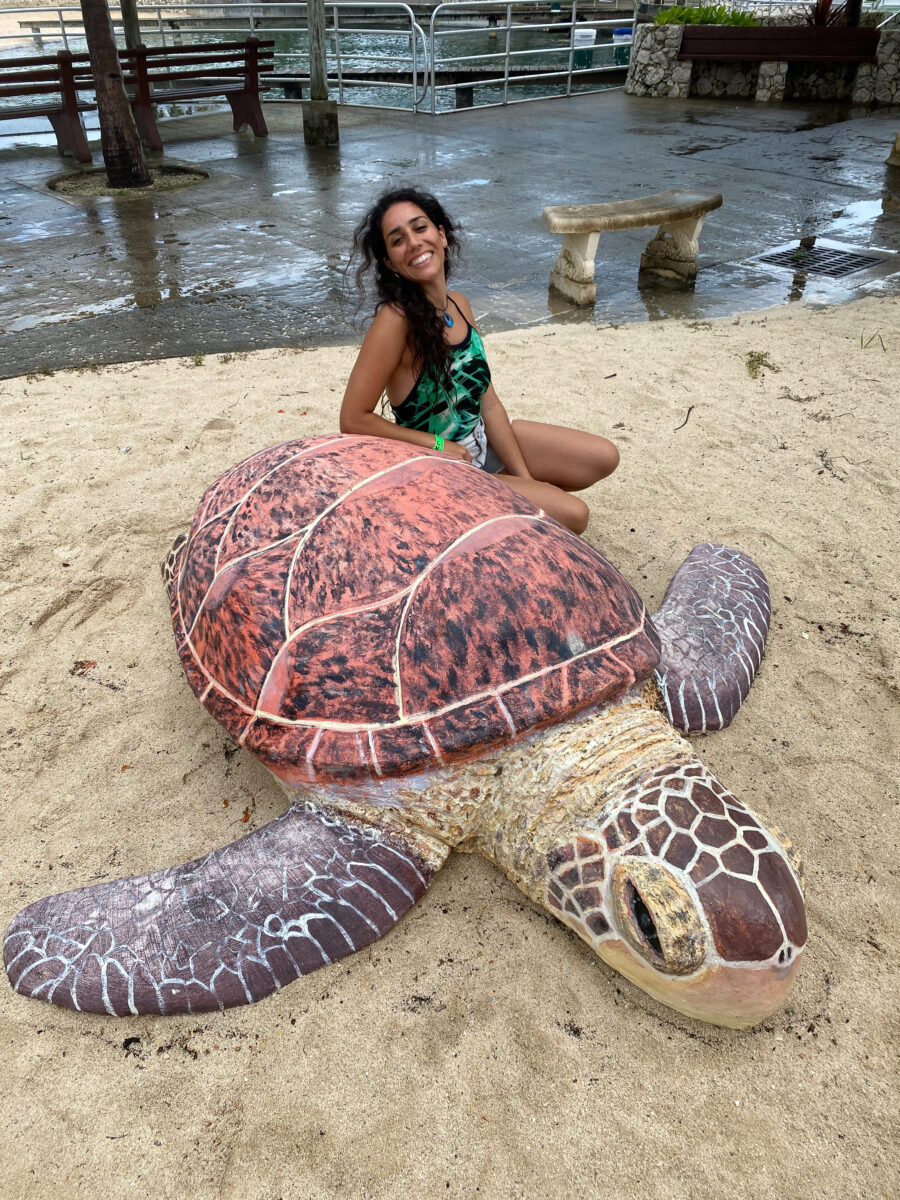

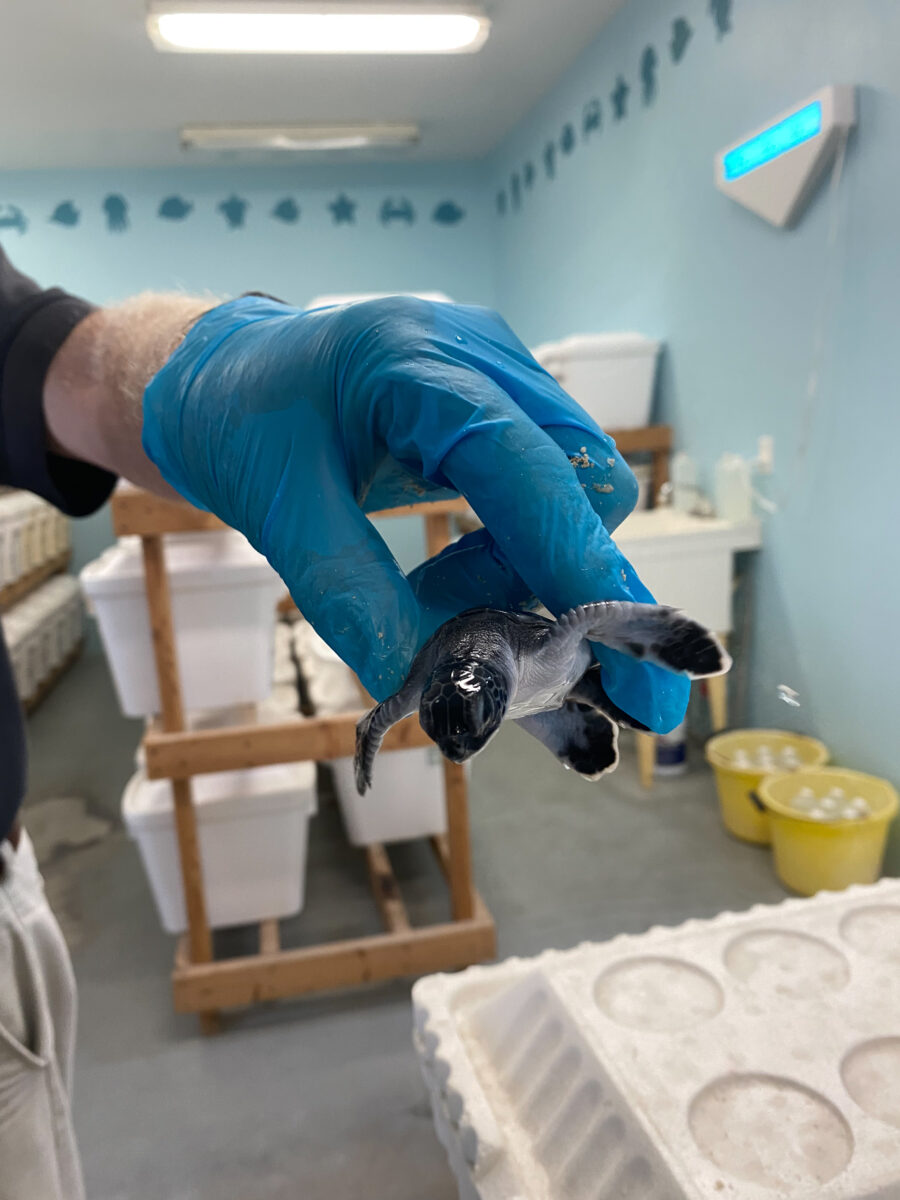
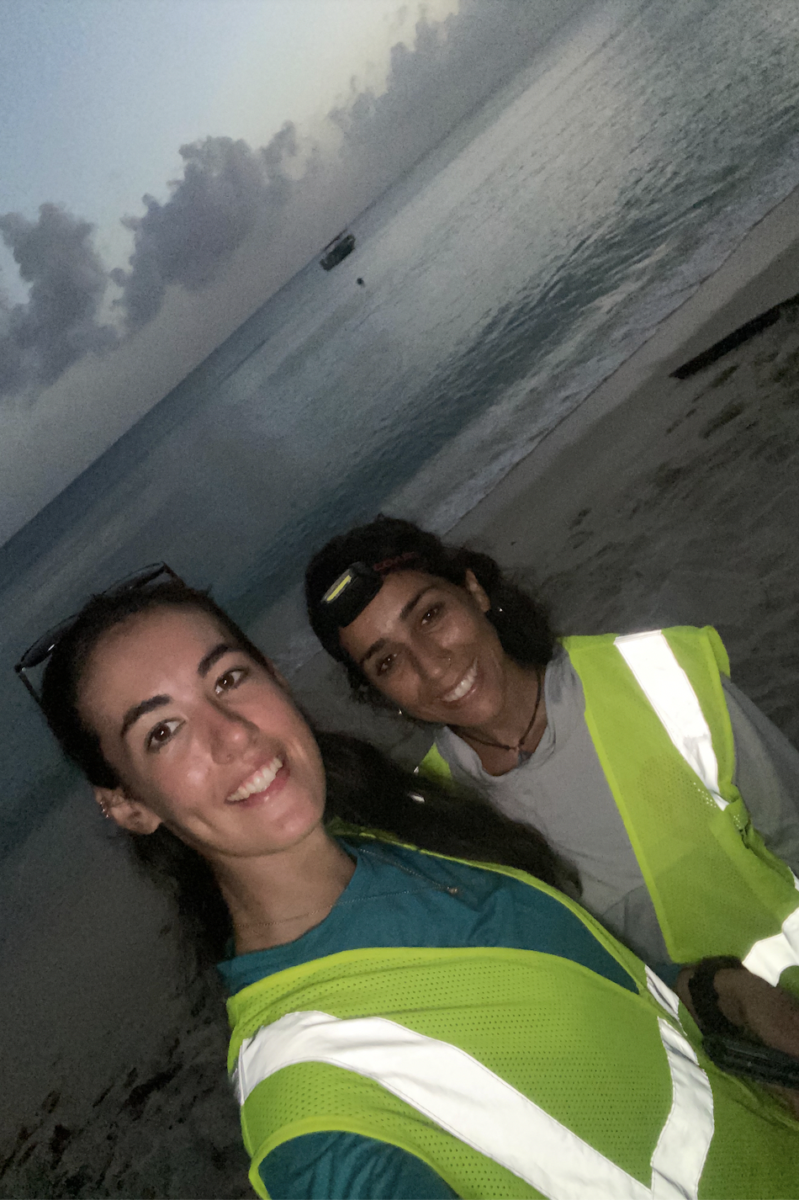

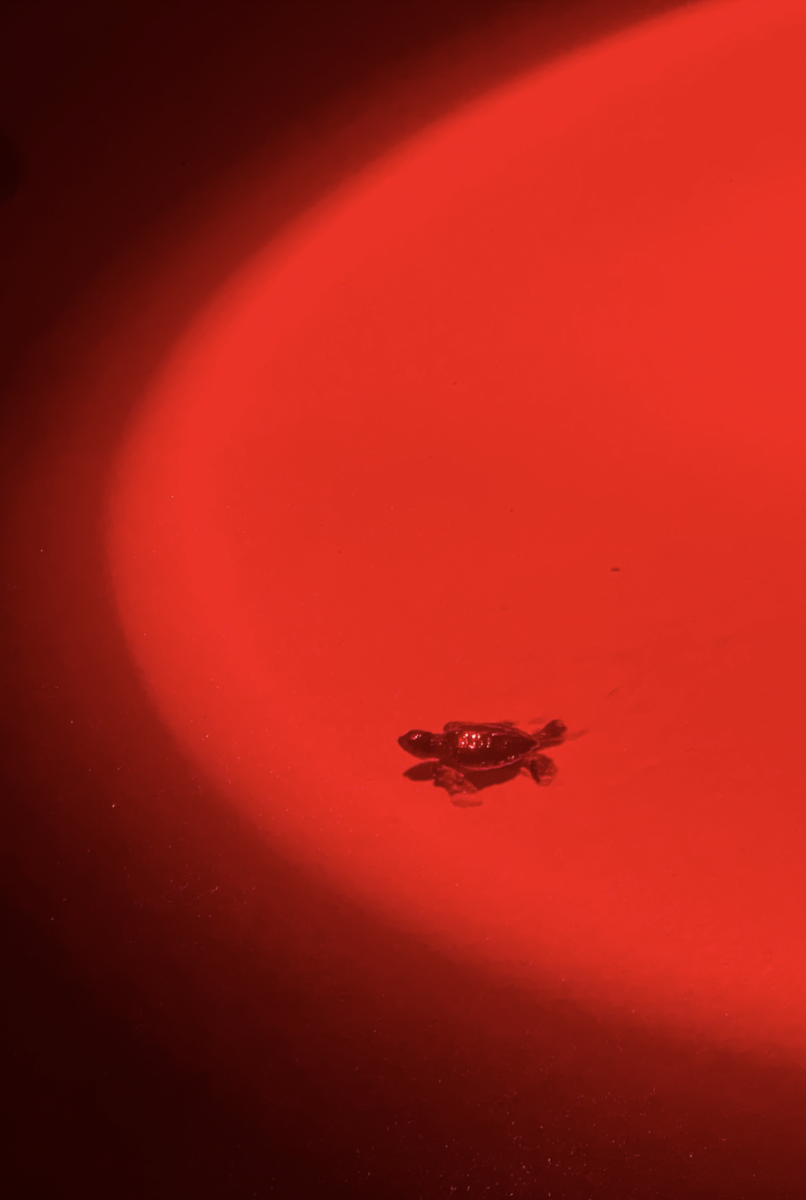
It was really exciting for me to see a place that had managed to successfully combine food harvesting and conservation with my interest in sustainable fisheries management. Symbiotic relationships is how our world goes round; when we harvest, we should also be giving back to the ecosystem. I believe that all harvesting models should be based upon this principle in order to maximize food security. The topic of food security continued as we became friends with a local restaurant owner. He shared with us the Caymanian cultural foods, the challenges around diminishing seafood stocks and his dedication to building more sustainable food systems. He prioritized farm-to-table in his restaurant business and invited our whole team to come to the restaurant on our final night to try the incredible dishes, complete with Coconut Ceviche, a unique recipe he had developed to create a delicious plant-based twist on traditional fish ceviche.
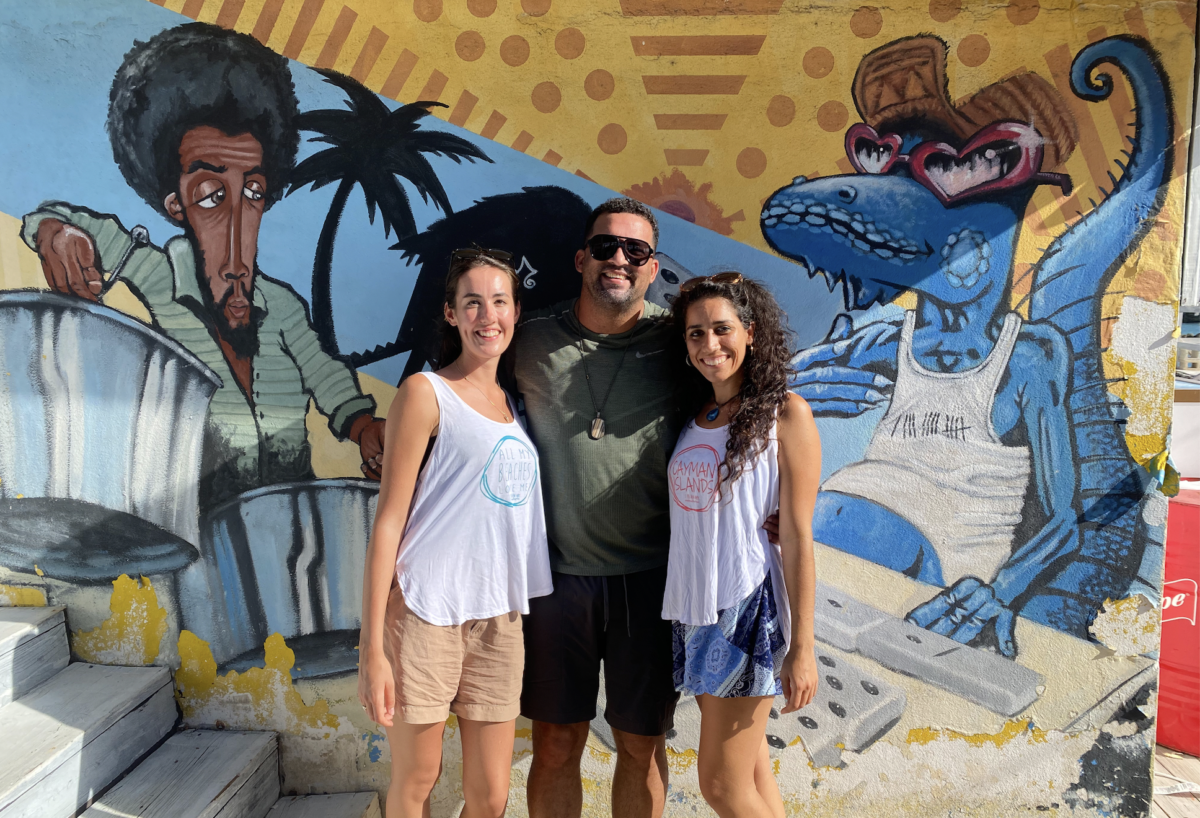
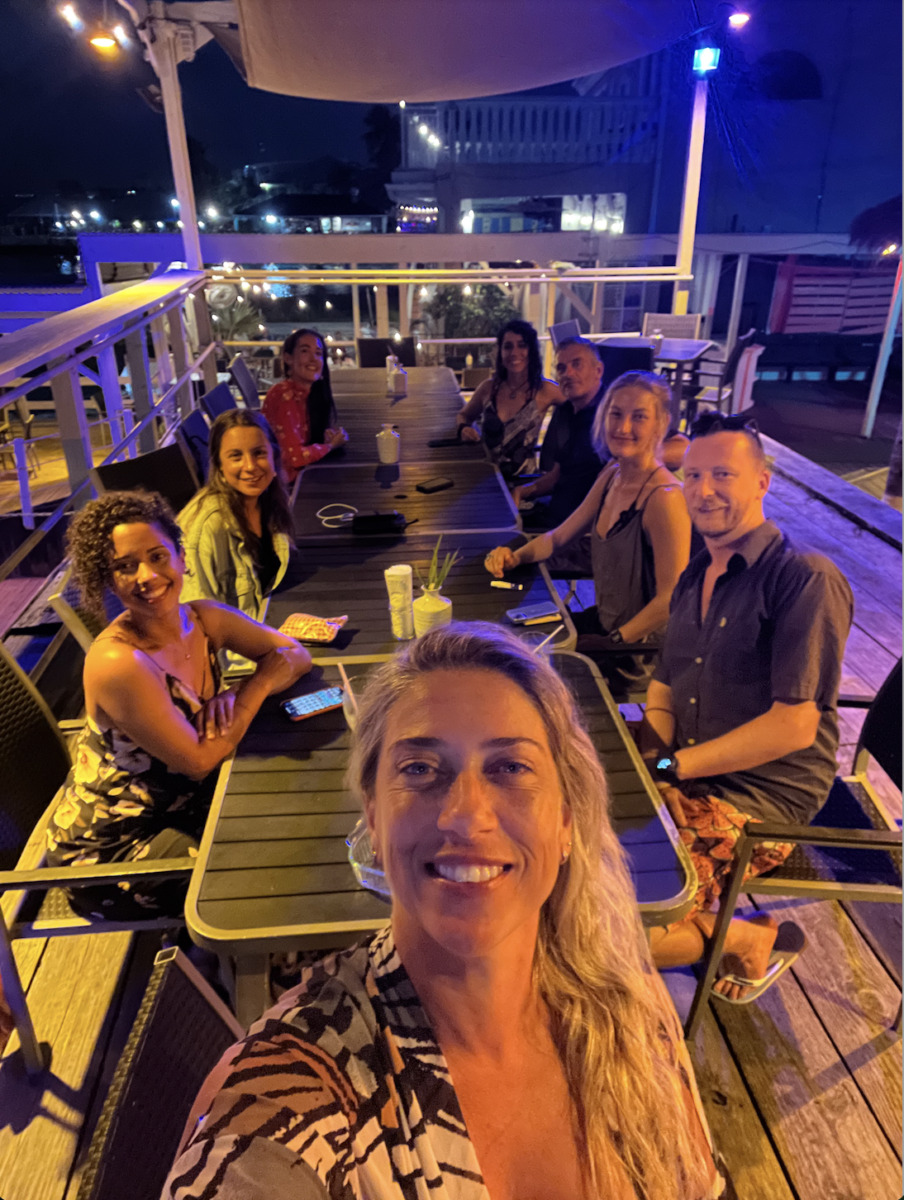
Although my time in Cayman didn’t go as planned, I had the most incredible learning experience. Adapting to the challenges and finding learning opportunities in the unexpected is an important part of the scholarship year. I was so grateful to be able to spend two weeks with Millie and Hannah, since the scholars don’t often get to see each other during their year. Kirk, Carol and Willow were so generous with their knowledge and created an incredible training program for us all. Hopefully we’ll be able to regroup later in the year to complete the training, but for now I will take the lessons I have learned with me as I continue through this year of learning.


This is the painting I did in honour of my time in Cayman.
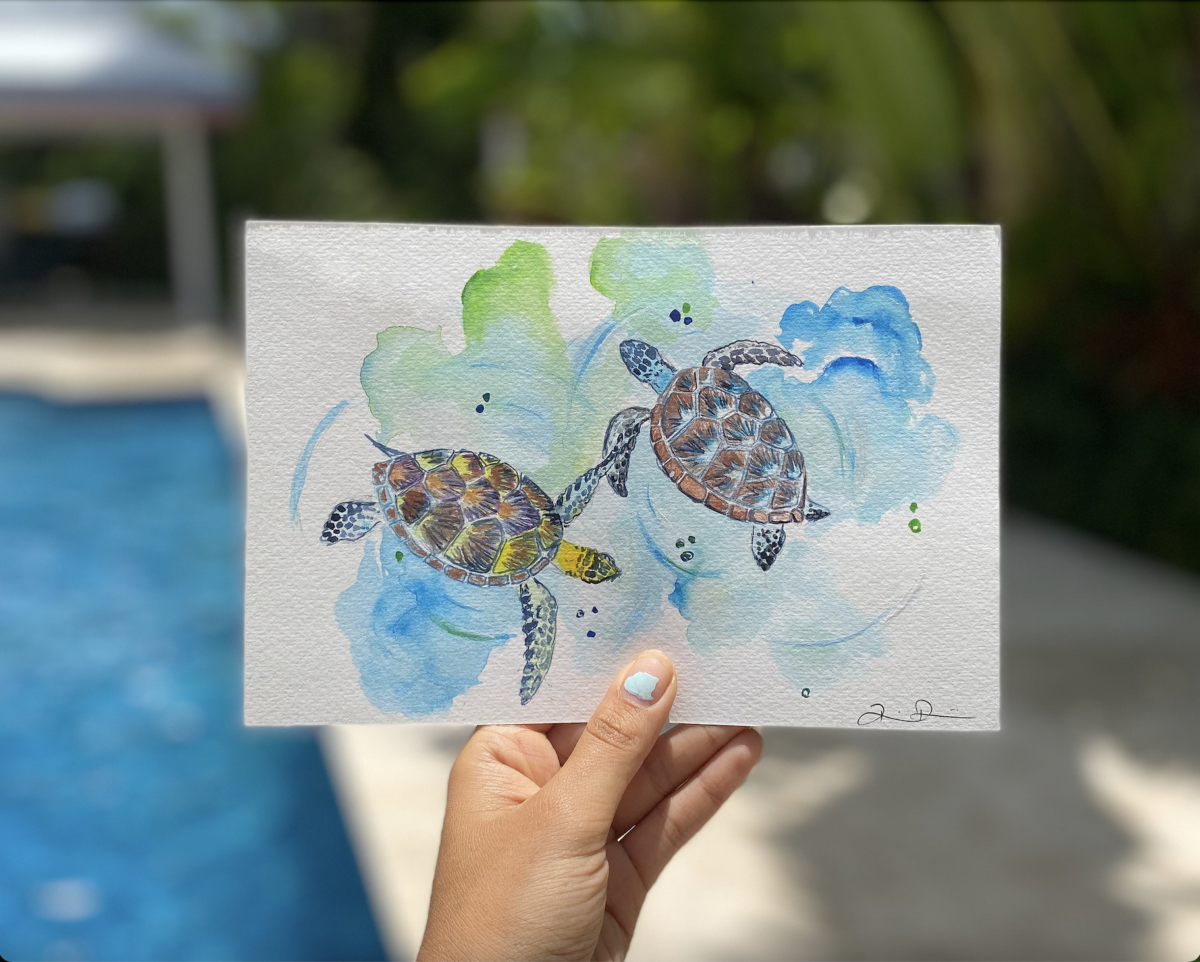
I look forward to journeying through the rest of the year of learning. A huge thank you to Rolex, Our-World Underwater Scholarship Society, DAN, and my product sponsors Aqua Lung, Diving Unlimited International (DUI), Fourth Element, Halcyon, Light and Motion, Nauticam and Reef Photo and Video, for making these opportunities possible. A special thank you to Oceaner, Maverick America and Shearwater for providing freediving gear for our Cayman training. I also want to thank Waterborn for supporting our freediving training as well as Jason Washington of Ambassador Diver’s for providing a boat for our freediving sessions. I am looking forward to seeing where the rest of the year will take me.